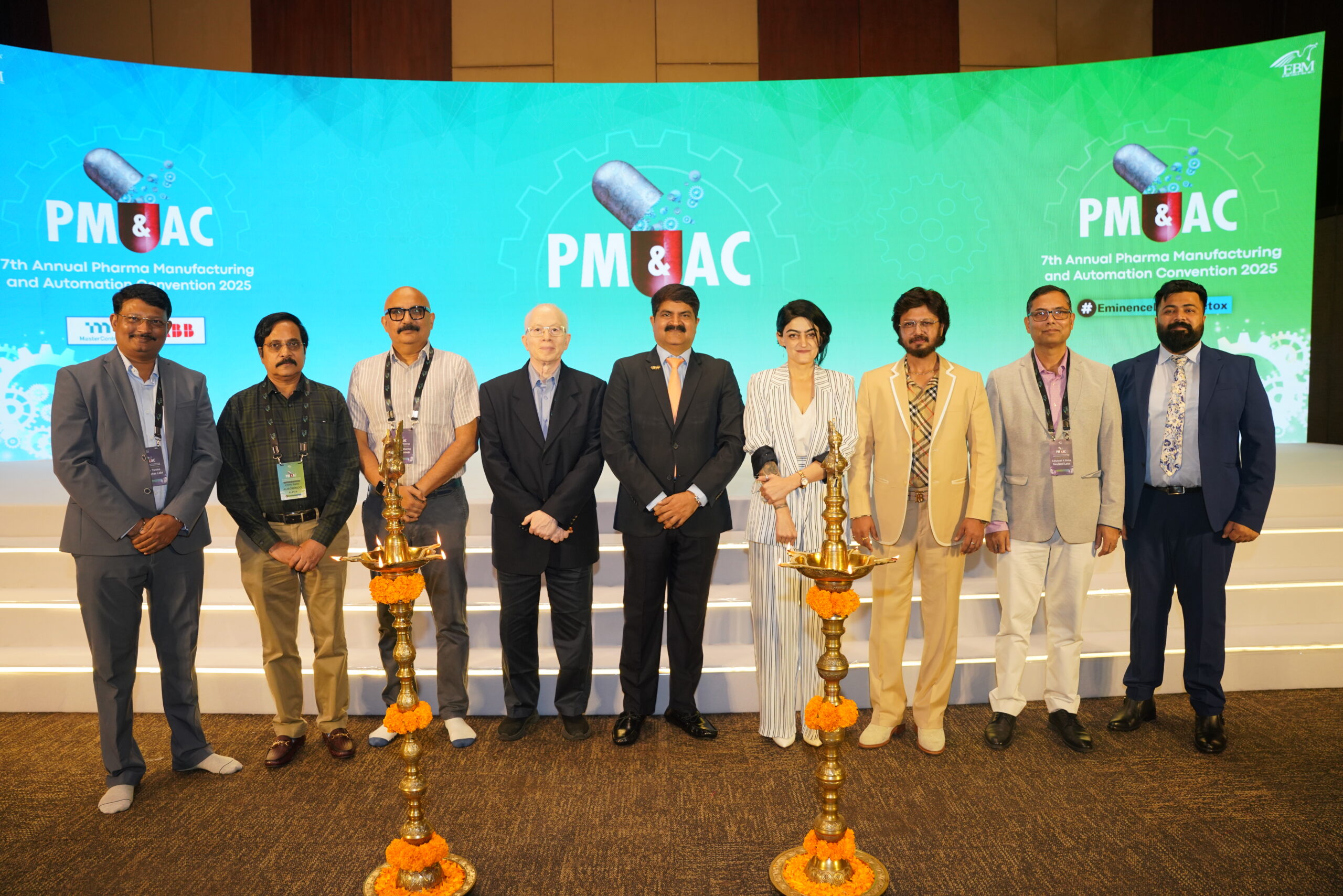By: Dr. Sandip Bartakke, MD, MRCPCH, Consultant Hematology and BMT Physician (ABMH)

In a country like India, where the fight against infectious diseases often takes the spotlight, there lies a silent genetic disorder – thalassemia. Despite modern advancements in medicine, thalassemia remains a significant public health issue, affecting thousands of families every year, with a lifelong burden that includes emotional, physical, and financial strains.
Thalassemia is a genetic blood disorder that affects the production of hemoglobin, the protein in red blood cells responsible for carrying oxygen throughout the body. It is inherited from both parents, meaning the child must inherit the gene mutation from both sides to have the disease. In India, the most common type is beta-thalassemia, which reduces the production of beta-globin, a component of hemoglobin. This results in anemia, or a shortage of red blood cells, leading to fatigue, weakness, and other health complications.
The Genetic Risk and Early Symptoms of Thalassemia Major
Alarmingly, 3-4% of the Indian population are silent carriers of thalassemia, often unaware due to the absence of symptoms. When two carriers conceive, there is a 25% chance their child will inherit thalassemia major, 50% chance of being a carrier, and 25% chance of being unaffected. Children with beta thalassemia major typically show symptoms within the first two years, including pallor, poor growth, and severe anemia. They require blood transfusions every 3–5 weeks to keep hemoglobin above 9 g/dL, without it, levels can drop dangerously low, sometimes to 5 g/dL, posing serious risk, especially to the heart.
The Impact of Repeated Blood Transfusions
While blood transfusions help replenish hemoglobin and sustain life, they come with a hidden cost i.e., iron overload. Each transfusion introduces about 250 mg of iron into the body, and since the body has no way to expel this excess, it accumulates in vital organs like the heart, liver, and endocrine glands. Over time, this leads to complications such as heart failure, liver cirrhosis, diabetes, delayed puberty, hypothyroidism, and infertility.
To mitigate this, iron chelation therapy is introduced—medications known as iron chelators help remove excess iron from the body through urine or stool. These are available in both tablet and injectable forms, with tablets now commonly preferred due to ease of use. Typically, after 10–12 transfusions and once iron levels are evaluated, patients are started on chelation therapy, which requires consistent monitoring every 3 months to adjust treatment as needed. Although lifesaving, this treatment is costly, lifelong, and often accompanied by side effects, further adding to the emotional and financial burden on families.
Bone Marrow Transplantation and Gene Therapy
Despite the challenges, medical advancements have provided a potential cure in the form of bone marrow transplantation (BMT). When performed early, ideally before the age of seven and with a fully matched sibling donor, BMT can have a success rate of up to 90%. In this procedure, the patient’s defective bone marrow is replaced with healthy stem cells, allowing the body to produce normal hemoglobin. For many families, BMT has provided a transformative solution offering a one-time cure instead of a lifetime of treatment. Even when a full sibling match is unavailable, haploidentical transplants, where parents serve as donors, have shown promise. Additionally, gene therapy holds immense potential, offering the possibility to correct the defective gene responsible for thalassemia in a single intervention, providing a permanent solution.
Ideal Conditions for BMT
The best outcomes for BMT occur when it is done before the age of 6–7, with patients who have good iron control and fewer transfusions. Success rates are highest in Class I patients (young, well-managed), with up to 90% success. In Class II/III patients (older or with iron overload), the success rate is around 60–70%.
Prevention – The Key to Ending Thalassemia
While these medical breakthroughs are promising, prevention remains the most effective strategy. A simple blood test, such as Hb electrophoresis or HPLC, can determine if someone is a carrier. If both parents are carriers, prenatal testing between 8 and 12 weeks of pregnancy (using techniques like CVS or amniocentesis) can reveal whether the fetus will inherit thalassemia major, allowing parents to make informed decisions early on. Unfortunately, many couples discover their carrier status only after their first child is diagnosed, by which time the emotional and physical toll is immense.
The Need for Awareness and Education
Public health education in these communities is crucial to raising awareness. What is urgently needed is a societal and systemic shift, meaning that routine carrier screening, ideally before marriage or early in pregnancy, should become a standard practice. Public awareness campaigns in schools, colleges, and community gatherings can normalize conversations around genetic testing.
Despite many challenges, thalassemia is largely preventable. With just one test and one responsible decision, we can protect future generations from this avoidable burden. The chain of thalassemia ends when awareness begins.






